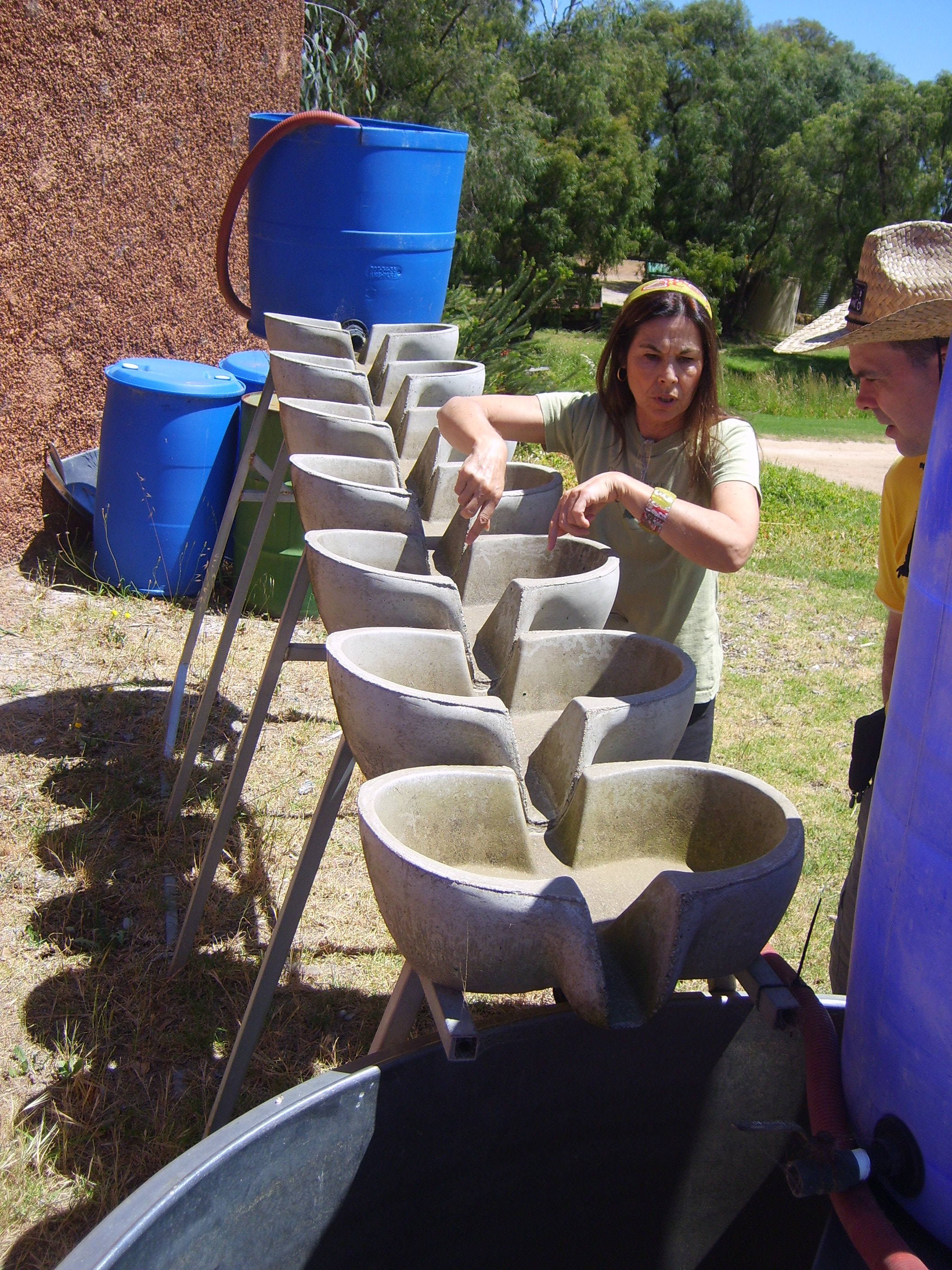B is for Biodynamic
Around the world, wherever wine is made or drunk, there are fierce arguments over biodynamics. One of the leading advocates of the approach, Nicolas Joly, was recently described by a respectable Canadian newspaper as an ‘extremist space cadet from la-la land.’ Such abuse is not unusual, and ardent biodynamicists can be just as heated in their criticism of conventional grape growing and wine making.
So what’s all the fuss about? Funnily enough, half of biodynamics is uncontroversial. We’ve all become familiar with the idea of organic farming, and in recent years Orkney has seen a quiet but significant revolution, with more and more farms starting to take the organic route. Essentially, biodynamic farming is turbo-charged organics. You start by following good organic principles – reducing and eliminating chemical herbicides, pesticides and fertilisers. It’s what comes next that causes the arguments.
Fontodi. Chianti Classico, Italy
The biodynamic approach was formulated by the philosopher and educationalist Rudolf Steiner in the 1920s. He believed that industrial agricultural techniques were (even then) ruining good farming land, and polluting the environment more generally. He argued that farmers should take a more holistic approach, viewing the soil in their fields as a complex living organism, given vitality by its millions of bugs, worms, fungi, plants and micro-organisms per cubic metre. Anything that encouraged such diversity (e.g. frequent ploughing and hoeing, organic fertiliser) should be promoted, and anything that discouraged it (e.g. chemical sprays, heavy machinery that compacts soil and decreases oxygen circulation) should be eliminated.
Even that is not too space cadet-ish for most of us. The controversy really starts with parts of the approach that seem more mystical than practical agricultural. There are ‘root days’ and ‘shoot days,’ for instance, where the influences of the moon, sun and stars mean the vines are either pushing their roots down into the nourishing soil or concentrating on growing their leaves upwards: pruning, tilling and harvesting should be timed accordingly. Or if you want to scatter ash to discourage slugs, you really have to do it between 10pm on the 3rd July and 5am on the 5th July. While if it’s crickets that are bothering you, well, you’re in trouble, as you should have ashed them between the 16th and 18th of June! (This timetable from a website called www.biodynamics.com.) And water destined for the vineyard has to be ‘dynamised’ by stirring it in a certain direction for a certain length of time before it can be used. (Hmm…strangely reminiscent of old Scottish folklore describing water from holy wells being passed in sunwise circles a certain number of times to ensure its full power was released.)
The ‘water dynamiser’ at Cullen, Margaret River, Western Australia
Most of us aren’t too interested in the details of when the vines are pruned, or the shape of the cellar the barrels are stored in. When we sit down with a bottle, some glasses and a few good friends, what really matters is: what does the wine taste like? Here’s where biodynamics proves itself. Wines ‘grown’ this way are consistently tastier, more individual, and more characteristic of their place than conventionally produced wines.
Is it the ash-spreading on the 16th of June that works the magic? Or is it the healthy, organically-enriched soil? Or is it just that the biodynamic winemakers tend to be very hands on, paying close attention to their vines and wines every waking hour, so spotting and dealing with problems earlier and more thoroughly?
As yet, no one has definitive answers. But if you want to give your taste buds a treat, try tracking down a biodynamic bottle or two. And if you want to delve deeper into the strange and exciting world of biodynamics, there are dozens of websites out there (e.g. www.wineanorak.com) and there are books too, such as What is Biodynamic Wine? The quality, the taste, the terroir. That one’s written by Nicolas Joly – the space cadet from la-la land.
Some biodynamic winemakers to look out for on our shelves:
Australia: Bill Downie, Cullen. Austria: Sepp Moser. Chile: Emiliana (only part of the range, though all of it is organic). France: Domaine Cazes, Marcel Lapierre, Montirius,. Italy: Fontodi. Spain: Montanar. USA: Kelley Fox


